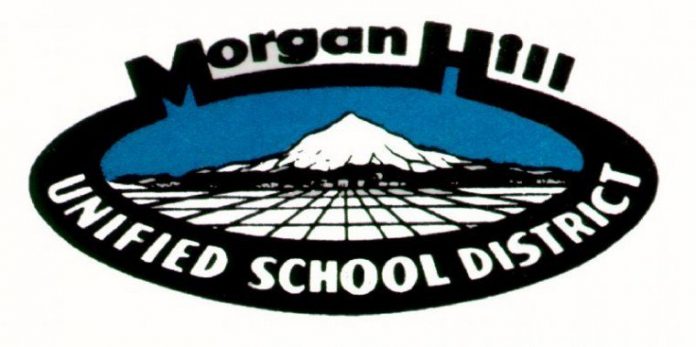The results are in: surveyed voters prefer a parcel tax, but don’t necessarily want to pay for it.
Jon Isom, of Isom Advisors, a consultant firm hired by the district to help conduct the survey, revealed the results at Tuesday night’s Morgan Hill Unified School District board meeting.
“There is good support for a parcel tax, but the threshold is too high,” said Isom. “There’s a better chance for a bond.”
The survey questioned 400 Morgan Hill voters, of which 35 percent or 140 people said they had children currently in the district. The survey did not cost MHUSD anything, said Bonnie Tognazzini, deputy superintendent. It was done as a courtesy service, with a prospect that if the district does decide to go through with a bond or parcel tax, Isom Advisors would be hired to help. Tognazzini said past services conducted by the district have not cost any less than $30,000.
The survey mainly questioned two options for the district: a general obligation bond or a parcel tax. A bond would need a 55 percent approval by voters while a parcel tax requires a two-thirds majority vote or 67 percent approval.
A parcel tax would tax the flat rate of the amount, say $75, per parcel over a given period of time determined before it is put on a ballot. A bond would tax instead on the assessed value of $100,000. For example, if an owner had a property worth $200,000, with the current tax rate of $75.10, the person would pay $150.20 per year. Isom Advisors said that a general obligation bond could generate about $131.2 million to $174.9 million in four years depending on the tax rate per $100,000 of assessed value.
When asked about a parcel tax, 66.5 percent of voters said they would vote ‘yes’ if the election were held today, short of the two-thirds majority needed. Nearly 23 percent said no while 4.8 percent leaned yes, 1.8 leaned no and 4.3 percent were undecided.
A bond on the other hand, also received support, at 59.8 percent saying ‘yes’ if an election were held today.
However, when voters were asked specifics on tax tolerances for a bond measure, 53.8 percent preferred a $50 a year per $100,000 in assessed value.
The district approved a $72.5 million bond in 1999 with the current tax rate at $75.10 per $100,000 in assessed value with a 27-year pay back period that ends in 2026. When surveyed voters were asked if they would not raise taxes, but continue the tax rate that was approved in 1999, 64.2 percent said they would “much/somewhat more” support the extension.
In 2006, Morgan Hill voters defeated a $96 a parcel tax with just 55.5 percent support the measure, shy of the 67 percent needed. The proposed parcel tax was to fund technology, fine arts and athletic programs in MHUSD.
“That percentage (of surveyed voters) is pretty close to the same as last time the district tried for a parcel tax,” said Isom.
When given three options of $125 a year, $99 a year, or $75 a year, 59.5 percent supported the $75 per year tax. A parcel tax of $99 a year or $8 a month was ‘much or somewhat more” likely approved by 55 percent.
“They like the idea of a parcel tax, but don’t necessarily like the idea of paying for it,” said Isom.
In comparison, a parcel tax would generate a maximum of $1.5 million annually to the MHUSD General Fund, based at $75 per parcel of 20,311 available taxable parcels. These do not include any senior citizen exemptions. A general obligation bond would general a minimum of $3 million.
“A general obligation bond provides greater annual savings,” said Isom.
In a side-by-side straight answer: 56 percent said they would prefer a parcel tax, 19 percent said a bond, 15 percent neither and 10 percent said they didn’t know.
With budget cuts looming from the State of California, MHUSD is looking for alternative funding methods. At the end of August 2011, the school board held a special board study session to discuss revenue-generating options for the district. It was there they reached a consensus to poll the community on these issues; the survey was conducted from Feb. 16 through Feb. 22.
Board vice-president Don Moody thinks these revenue-generating options are a “good idea.”
“What really appeals to me is whatever money stays right within our community,” he said. “I want to look at it further and hear a little bit more to see which option I would support. Conceptually, it seems we can make a go for it.”
The board will discuss the options at the next board meeting March 20, with a possible action. Part of the discussion, said Moody, is when this could potentially be put on a ballot.
“This was supposed to give us a sense of would the community would support something like this? We would have to decide now what to bring to them,” he said. “We took a baby step in the right direction.”








